Every time autumn comes, visiting places associated with the history of the revolutionary struggle days (1930-1945) in my hometown Ha Tinh, my heart is filled with emotion and pride in the tradition of our ancestors. 78 years have passed, the countryside on the beloved Hong mountain - La river strip of the Fatherland is increasingly renewed and developed.
Stories about the revolutionary autumn in their homeland help the young generation of Ha Tinh become more proud of the nation's historical traditions.
From the old autumn…
On a mid-August morning, when the land and sky of Ha Tinh became cool, the red hammer and sickle flags and the national flag were decorated by the people in the spacious rural villages, my father and I - Mr. Nguyen Van Xan, a 92-year-old party member, with nearly 70 years of Party membership, revisited the red addresses in our homeland.
Not far from my house is the Gieng Chua banyan tree in Trung Son village (Hong Loc commune, Loc Ha). Here, in an area of about 2,000 m2, before 1945, there was my grandfather's house, the French post and Mr. Ho Doi's house - the place where the first communist soldiers secretly operated in 1930-1931. Although when my father was born, the Nghe Tinh Soviet movement of 1930-1931 had ended, the stories about the steadfast and heroic fighting of the first members of the Party such as Mr. Ho Ngoc Tang (cadre of the Central Region Party Committee), Ho Doi, Ho Phoi, Mrs. Pham Thi Dung... and the vibrant revolutionary movement at Bien Son temple, Truong Gio (Hong Loc commune), nearby is Dinh Lu communal house, Mr. Mai Hoe's house (Tan Loc commune)... still stir in the hearts of every citizen.
Students of Hong Tan Secondary School listened to an elderly party member of Trung Son village (Hong Loc) tell stories about the history of revolutionary struggles in their homeland at the Gieng Chua banyan tree.
My father said: “Back then (before 1945), the French colonialists chose Phu Luu Thuong commune, one of the few communes in Phu Luu canton (including Ha Can communes, in today’s Loc Ha district) to establish a military post to rule. Every day, French soldiers and their henchmen relentlessly oppressed the people and suppressed revolutionary soldiers.”
Although I had heard the story many times since I was a child, it was only later, when I had knowledge about life and broadened my worldview, that I understood why the enemy chose my small village and not another place to set up a post, and why Mr. Ho Doi's house - where many secret meetings of the first Party organization took place - was a "neighbor" of the enemy post. "That's because, right from the time our Party was founded, the people of Hong Loc were enlightened about the revolutionary ideal (currently, Hong Loc commune has over 65 people certified by the Ha Tinh Provincial Party Committee as revolutionary cadres before 1945). Faced with such a strong will to fight, the enemy was forced to increase its forces and set up a post to suppress them. However, with perseverance, courage and intelligence, the revolutionary soldiers still cleverly and enthusiastically operated within the enemy's heartland" - my father explained.
One of the bravery and intelligence of communist cadres and soldiers at that time was choosing Mr. Ho Doi's house to operate. Mr. Ho Doi, also known as Mr. Khoi, had a traditional herbal medicine profession. He also worked as a shaman, so his house always had guests coming and going. Living right in front of the enemy's fort, witnessing the cruelty of the colonial feudal regime, he soon became enlightened about the revolution. He took advantage of his job to deceive the enemy, turning his house into a place for communication and activities of the Party organization. Along with addresses such as Bien Son Temple (the liaison center of the Central Region Party Committee, Ha Tinh Provincial Party Committee and Can Loc District Party Committee, where Party documents were printed and hidden), Dinh Lu communal house, Mr. Ho Doi's house was the place where many meetings took place to prepare for large-scale demonstrations during the Soviet movement of 1930-1931, including the first Can Loc District Party Congress in August 1930.
Martyr Ho Phoi (son of Ho Doi), a staunch revolutionary soldier who was captured by the enemy, imprisoned, and brutally tortured, still remained loyal to the Party. Photo taken at the Nghe Tinh Soviet Museum.
Mr. Ho Doi also enlightened his son Ho Phoi and two daughters to become loyal revolutionary soldiers. Among them, martyr Ho Phoi later became an important figure in the organization, was captured by the enemy, imprisoned, brutally tortured and died not long after being released after September 2, 1945.
With hundreds of years of age, the Gieng Chua banyan tree in Trung Son village is a historical relic, witnessing the resilient and heroic struggle of revolutionary soldiers from the early days until the uprising to seize power in August 1945 of the Can Loc people.
Mr. Mai Trong Thoi (92 years old, in Tan Loc commune, Loc Ha) - former Captain of the National Salvation Youth Team of Dinh Lu village in 1945.
Mr. Mai Trong Thoi (born in 1931) - former Captain of the Youth Rescue Team of Dinh Lu village (Tan Loc commune, Loc Ha) said: “About a week before the uprising to seize power, in the role of Captain of the Youth Rescue Team of the village, I was assigned by the organization to hang the Viet Minh flag on the top of the Gieng Chua banyan tree, one of the three flags that the Party organization decided to hang on the three tallest banyan trees in Phu Luu Thuong (Hong Loc commune), Dinh Lu village, Kim Chuy (Tan Loc commune). At that time, although I knew it was dangerous, I overcame my fear, took advantage of the dark and deserted night to climb to the top of the banyan tree, hung the flag up and then slid down without the enemy knowing. The next morning, witnessing the Viet Minh flag flying right on the roof of the enemy's fort, the people of Hong Loc and Tan Loc communes were extremely excited, while the enemy was extremely confused but did not know what to do”.
The fact that the Viet Minh flag was hung on the banyan tree in the villages of Hong Loc and Tan Loc at that time was a strong and great encouragement for the people in the surrounding area. On August 16, Mr. Thoi and many people in Tan Loc and Hong Loc followed the revolutionary cadres through Truong Gio to the district center in today's Nghen town, joining the Viet Minh uprising force of Can Loc district together with the people of many communes in the district to officially organize the uprising demonstration.
A corner of the old Phu Luu Thuong commune, now Hong Loc (Loc Ha), where the vibrant revolutionary movement took place in the years 1930-1945.
Can Loc became the first locality in Ha Tinh to gain power, encouraging the people of the whole province to rise up in revolt. On August 19, the nationwide uprising was victorious. On September 2, 1945, President Ho Chi Minh read the Declaration of Independence declaring the establishment of the Democratic Republic of Vietnam amid the joy of millions of Vietnamese people.
"I stand happily listening among the hills"
78 years have passed since the first autumn the country gained independence. Every autumn, from the countryside to the cities on the beloved Hong mountain - La river strip of the Fatherland, things are more and more renewed.
Truong Gio in the past (Photo taken at the Soviet Nghe Tinh Museum).
From the Gieng Chua banyan tree, we went up to Truong Gio, the border between Hong Loc commune (Loc Ha) and Thuan Thien commune (Can Loc) today. In the past, this was the place where a series of peasant gatherings in the lower Can Loc region took place, with up to 2,000 people participating in demonstrations at the district capital, during the peak of the Nghe Tinh Soviet movement in 1930-1931.
Today, this place is National Highway 281, paved with asphalt, connecting National Highway 1 and the coastal road. From the top of the slope, the road has been soaked with the blood and sweat of our ancestors. Looking to the East is the fertile countryside of Ha Can in the past, now Loc Ha district, and to the West is Can Loc countryside with Ha Vang bridge, Thuong Tru ferry, Duong district... those red addresses - evidence of a glorious revolutionary struggle are shining with prosperity in the autumn sunlight.
... and now lies on the spacious National Highway 281, connecting the rich countryside of Can Loc - Loc Ha.
Stopping at Thuong Tru Ferry - a national historical site, where the Conference to establish the Provisional Party Committee of Ha Tinh province took place at the end of March 1930, Mr. Pham Xuan Tu - Secretary of the Party Cell of Doan Ket village (Thien Loc commune, Can Loc) said: "From an area of "sour fields, salty water", full of wild reeds, after more than 15 years of establishment, our village has 184 households, with more than 680 people. The village has also successfully built a model new-style rural residential area".
National historical site Thuong Tru Ferry (Thien Loc commune, Can Loc) - Where the Conference to establish the Ha Tinh Provisional Provincial Party Committee took place in April 1930.
Nghen Town, where the Soviet climax took place in 1930-1931 and the August Revolution in 1945, has now become a bustling urban area, rising up in the general development of the whole province. Mr. Bui Viet Hung - Chairman of the Town People's Committee said: "Promoting the tradition of the revolutionary homeland, over the past time, the Party Committee and People of Nghen Town have constantly strived to build their homeland. The whole town currently has 6,000 households, with more than 21,300 people, the average income per capita in 2022 reached 59 million VND, striving to reach 80 million VND by 2025. Regarding the construction of a civilized urban area, the whole town strives to have 19/19 residential groups achieving the status of civilized residential groups by 2024".
A corner of Nghen town (Can Loc) in front of the old District Office.
Continuing the tradition from the autumn of the 1945 revolution, under the leadership of the Party, over the past 78 years, the people of Ha Tinh have made unceasing efforts to build their homeland to develop more and more. 32 years since the re-establishment of the province, from a poor province, Ha Tinh has risen to achieve many achievements in all aspects...
In 2022, the average GRDP per capita will reach 70.5 million VND; budget revenue will exceed 18,000 billion VND. The fields of culture, education, health, etc. have also achieved many achievements. Ha Tinh is one of the leading provinces and cities in the country in implementing the national target program on building new rural areas; to date, 9/13 districts and cities have met the standards/completed the task of building new rural areas. The whole province strives to reach the goal of becoming a new rural province by 2025. Infrastructure from rural to urban areas is increasingly spacious, people's lives are constantly improving both materially and spiritually. Cultural values are focused on preserving, maintaining and promoting...
Ha Tinh homeland is increasingly prosperous, peaceful and happy.
Walking in the midst of today's revolutionary autumn, I remember the poem by poet Nguyen Dinh Thi: "This autumn is different/ I stand happily listening between the mountains and hills/ The wind blows the bamboo forest fluttering/ The autumn sky changes its new clothes/ In the blue, we talk and laugh passionately...". As autumn comes, I remember and am even more grateful for the previous generations who fought and sacrificed so that each of us today can live in warmth, prosperity, peace and happiness.
Angel
Source


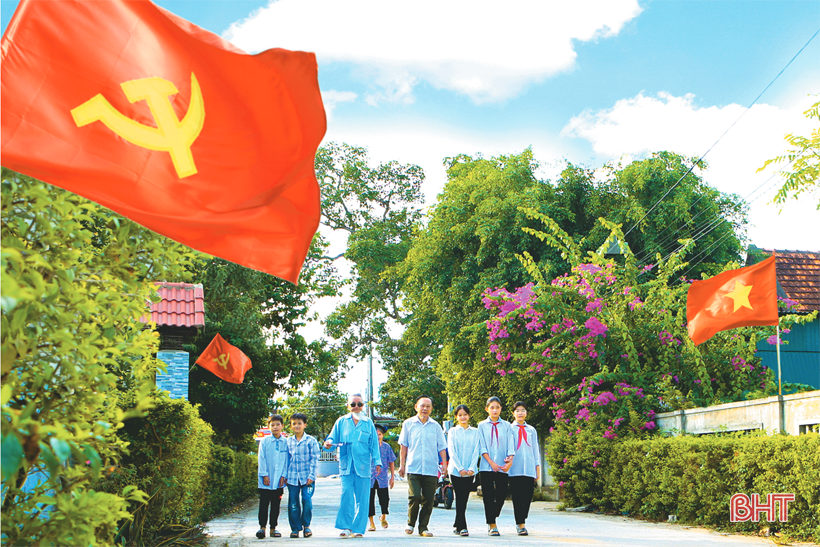
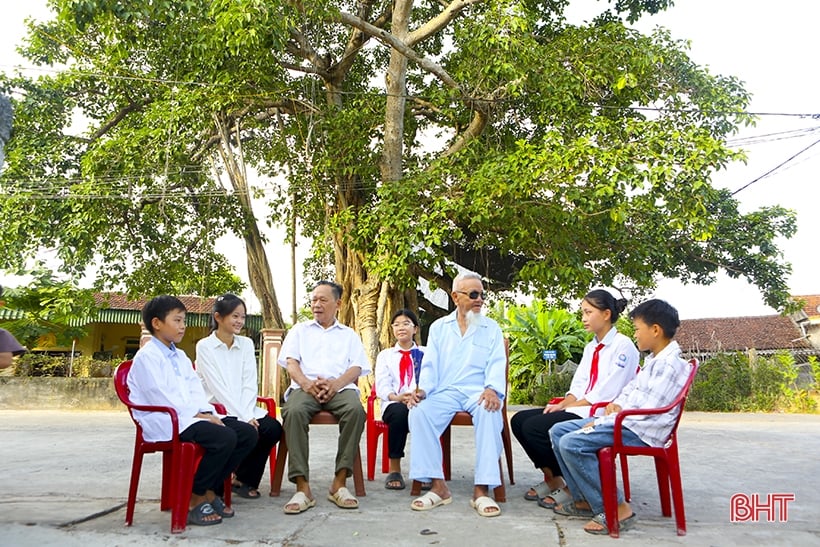
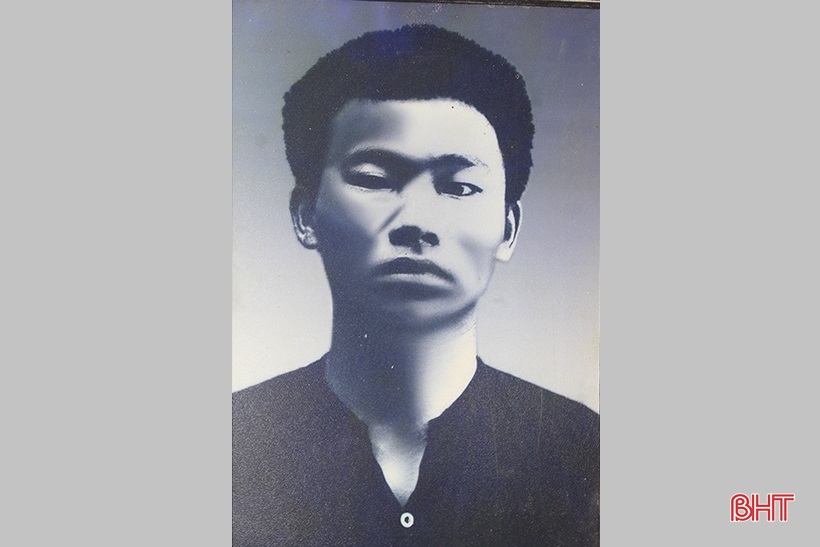
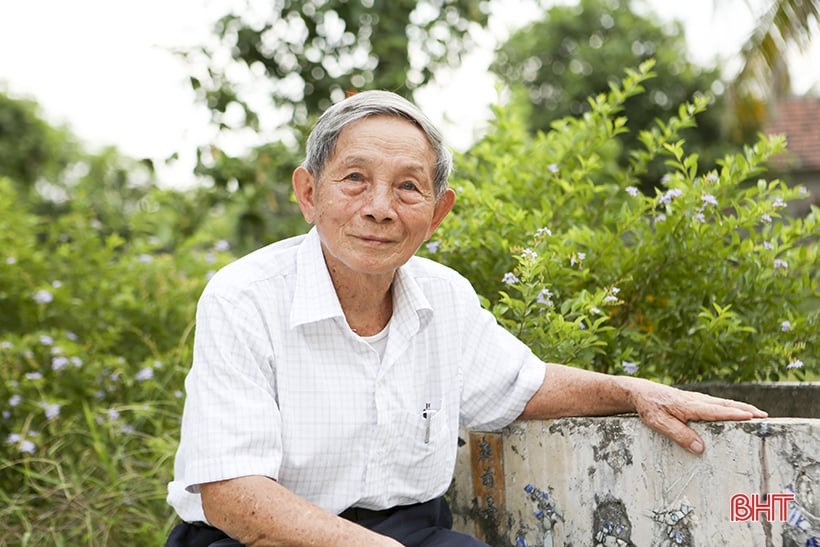
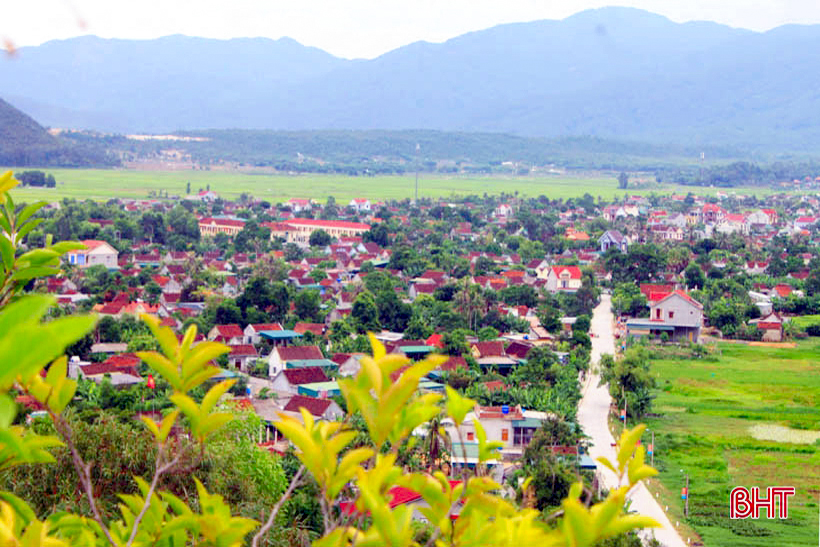
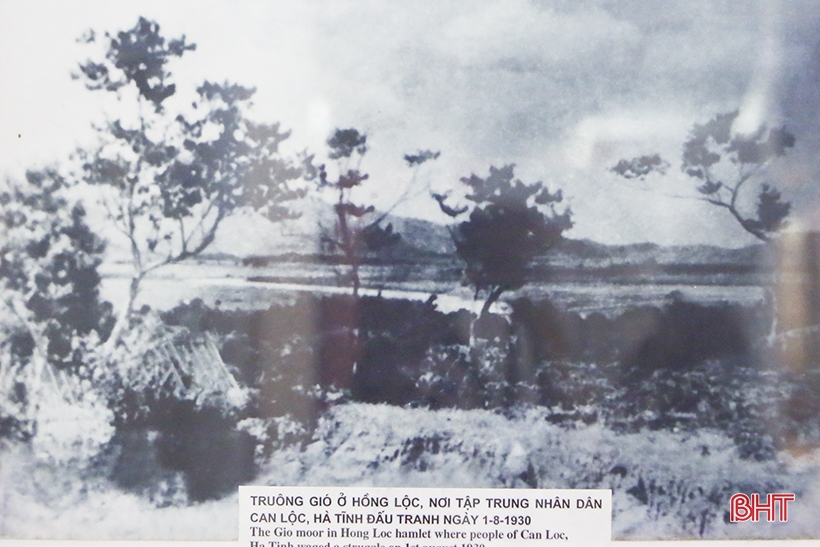
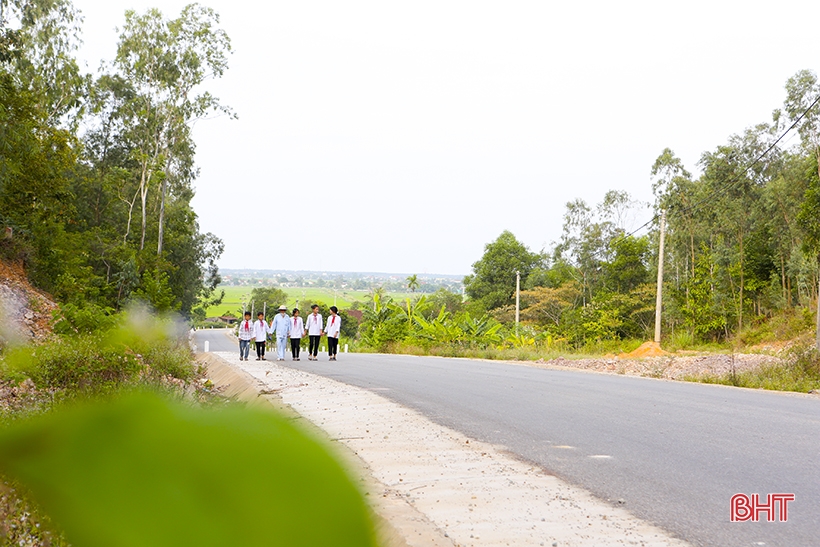
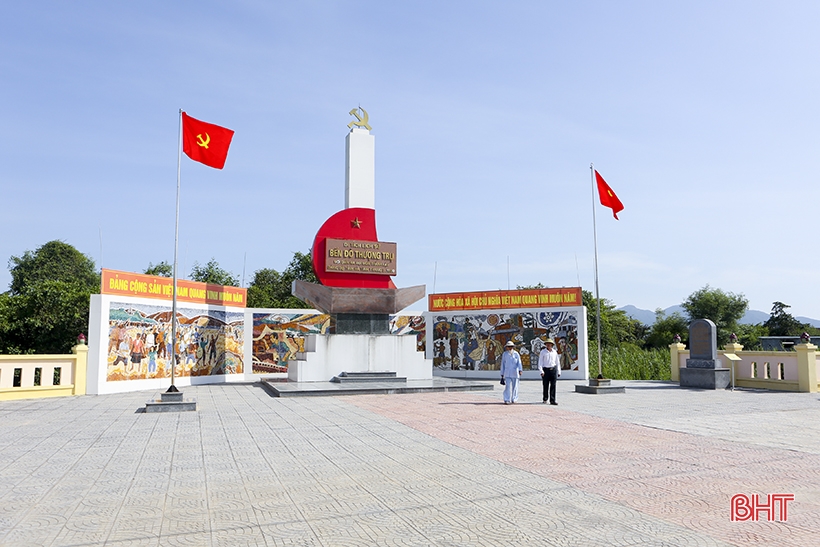
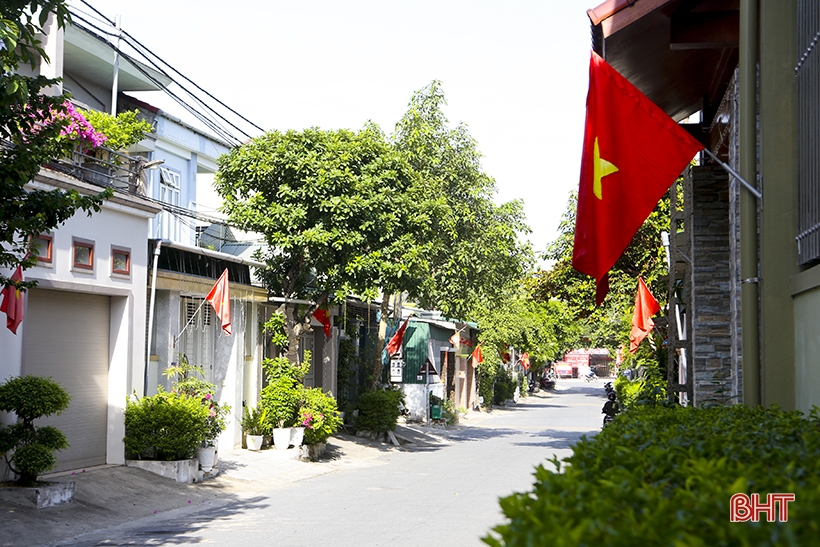


![[Photo] Closing of the 11th Conference of the 13th Central Committee of the Communist Party of Vietnam](https://vstatic.vietnam.vn/vietnam/resource/IMAGE/2025/4/12/114b57fe6e9b4814a5ddfacf6dfe5b7f)










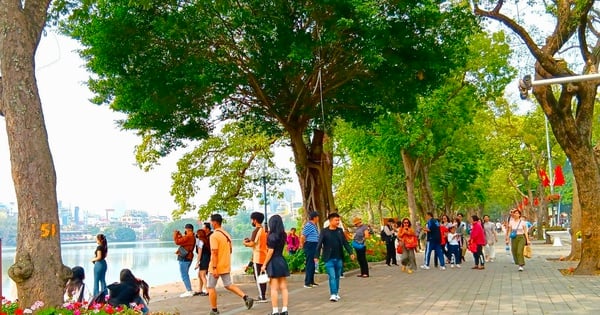







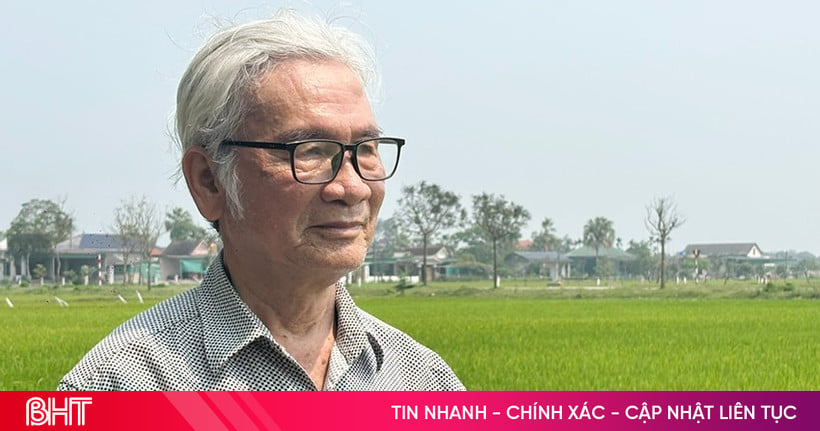
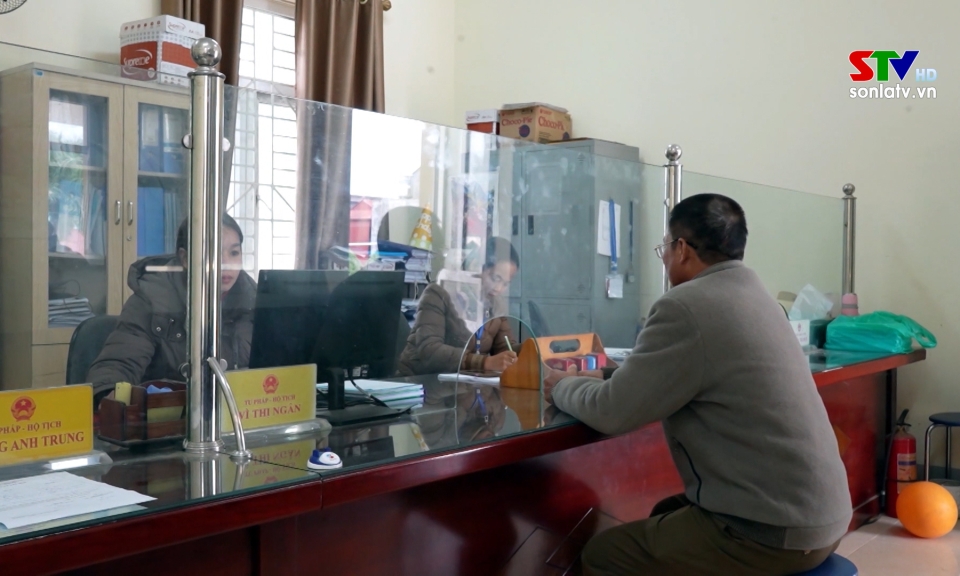



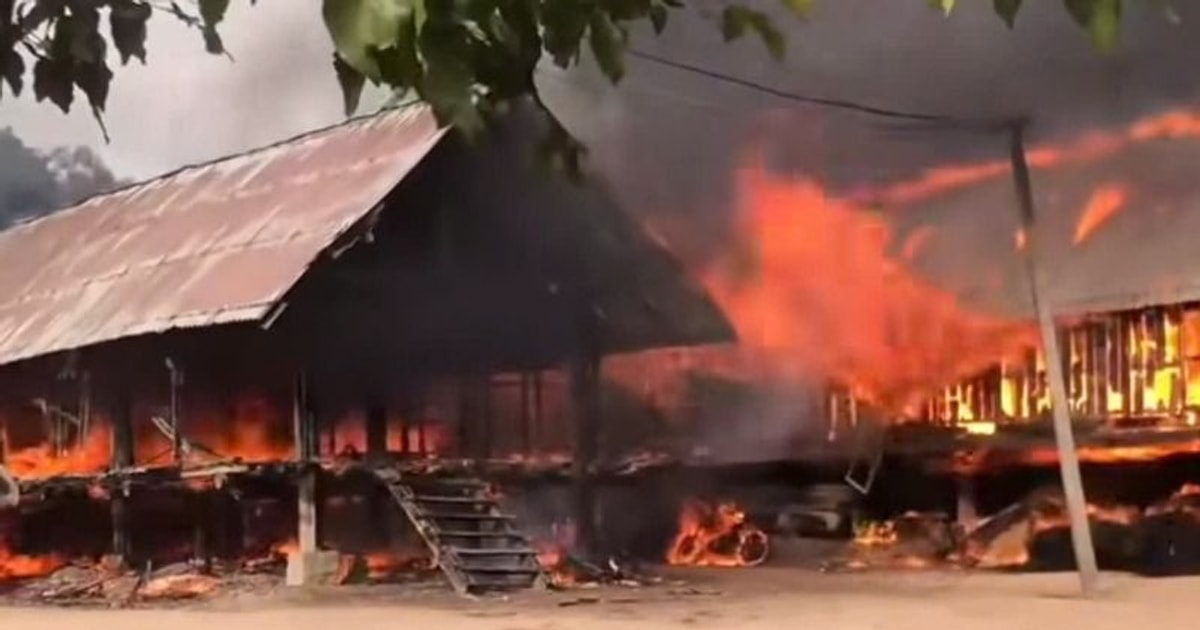
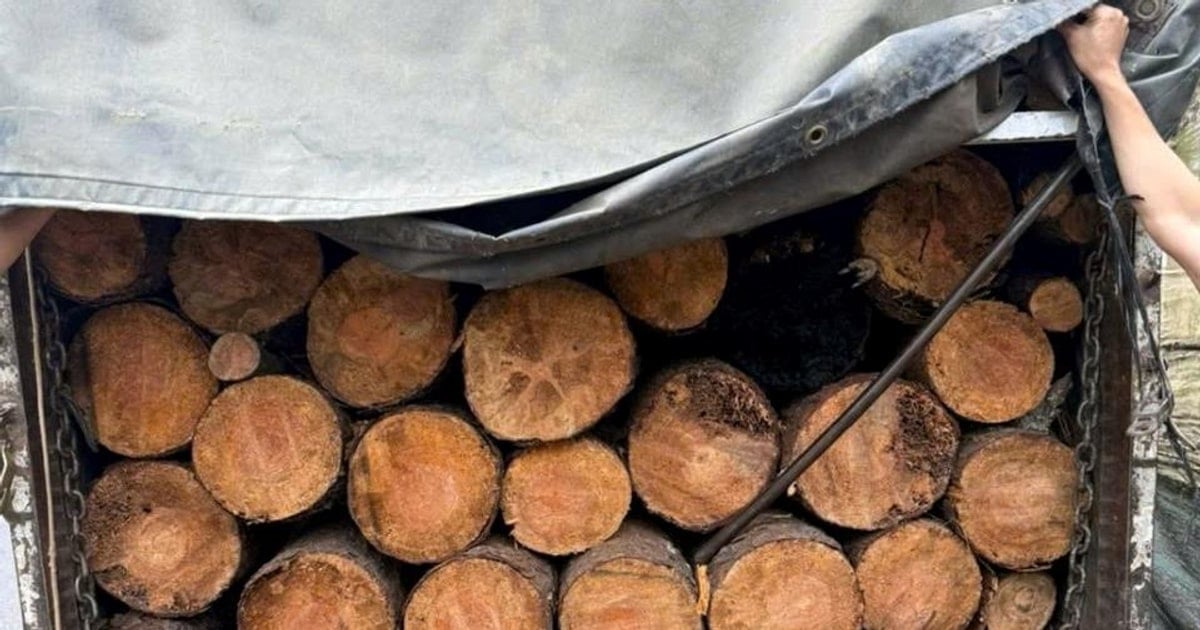





![[Photo] Overcoming all difficulties, speeding up construction progress of Hoa Binh Hydropower Plant Expansion Project](https://vstatic.vietnam.vn/vietnam/resource/IMAGE/2025/4/12/bff04b551e98484c84d74c8faa3526e0)

























































Comment (0)